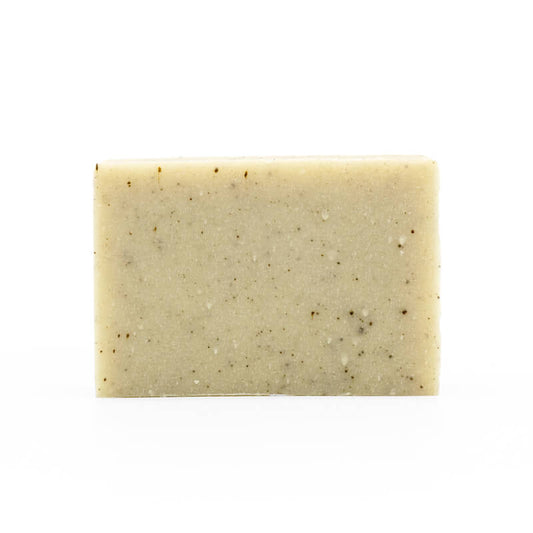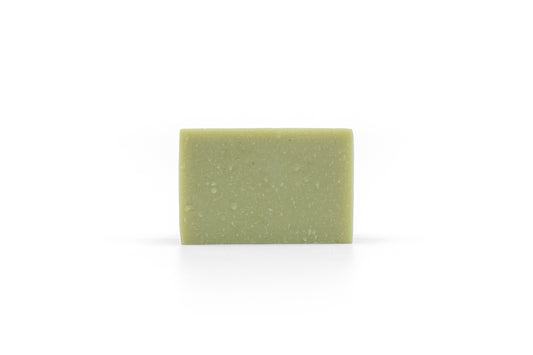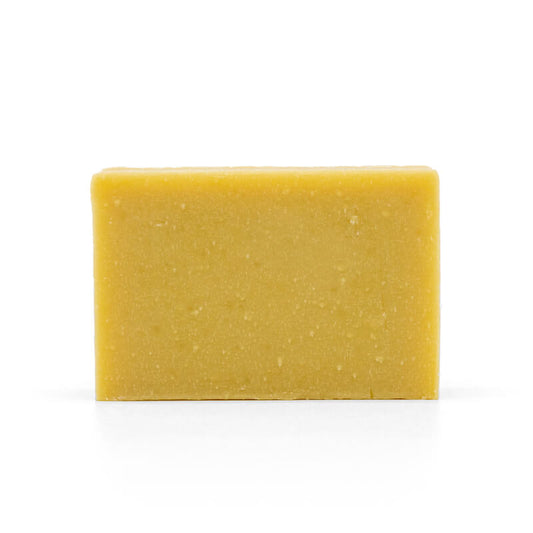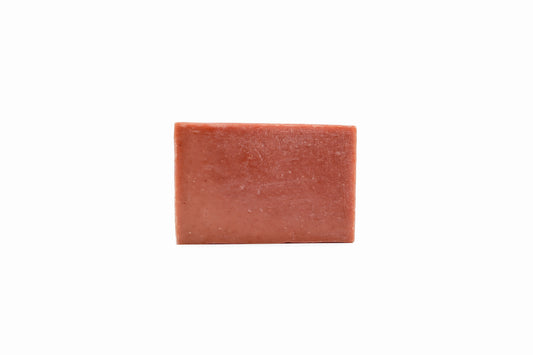French Mineral Clay

Known as “French mineral clay”, or simply “French clay”, this diverse group of materials includes numerous varieties of mixed mineral clays with related compositions. The different types of French clay are often used in similar applications, particularly in the context of self care products and cosmetics, with cold process soap bars being no exception.

Different colours of french clay ; Image: Hello Glow
Many of the alluring tints and tones seen in the handmade soaps of Beaverton’s are derived from different varieties of French mineral clay. The colour of a particular French clay variety is dependent both on its primarily mineral content and the trace impurities which might be present, with these components each having an effect on how that specific variety may be beneficial for the skin as well. The most common minerals found in French clays are montmorillonite, illite, and kaolinite.

Illite powder ; Image: Wikipedia/USGS
The mineral montmorillonite is the namesake for “French” clay as it was named after the French town of Montmorillon where the clay was first mined in large quantities. Although it is an individual mineral, the term “montmorillonite” is sometimes used to refer to material containing multiple closely related clay minerals under the “smectite” classification, meaning they all share the same type of geometry within the structure of their fine clay layers. Among the smectite minerals are saponite, nontronite, hectorite, and beidellite, which mainly differ in their magnesium, iron, calcium, and sodium content but under most conditions exhibit similar physical properties. These minerals give montmorillonite clay its ability to absorb excess moisture and impurities from the surrounding environment and reduce adhesion between materials, making montmorillonite clay a useful tool in a wide range of applications, and a great addition to cold process soap as it helps to remove unwanted substances from the skin. Not only does montmorillonite enhance the functionality of soap, but it also contributes to the colour of French mineral clays, occurring in pinks, yellows, reds, and greens.

Montmorillonite crystals from the Höwenegg Quarry in Baden-Württemberg, Germany ; IMage: Mindat/Joachim Esche
A smaller component of French mineral clays, illite is a clay mineral which shares chemical similarities with muscovite mica and is thought to occur as the result of its degradation, getting its name from the American state of Illinois where it was first documented. Similarly to montmorillonite, “illite” may be used in reference to mixtures containing other clay minerals like glauconite, which differs from illite in its potassium, magnesium, and iron content. Illite clays are great additions to naturally derived cold process soaps as they do not expand in the presence of moisture and counterbalance the expansion of other mineral clay additives. Illite clays also enhance the lathering properties of cold process soaps and act as very gentle exfoliants due to their slightly stiffer particles.

Electron micrograph of illite clay showing hte mineral's flaky structure ; Image: Maskaolin
Kaolinite is also commonly found in French mineral clays. One of the most common clay minerals, kaolinite is an important material in many industries, with personal care products and soaps being no exception. The physical properties of kaolinite boost the firmness and exfoliating potential of cold process soaps and also help to remove excess grease from the skin, with these traits carrying over to the French mineral clays in which kaolinite is a component.

A chunk of unprocessed kaolinite from Twiggs County, Georgia, USA ; Image: Wikipedia/John St. John
Other trace minerals and impurities found in French mineral clays can carry their own health benefits and have an effect on the clays’ colour. Trace metals like iron, chromium, and manganese can enhance or modify the yellow, red, green, and pink hues of French clay while also sometimes imparting their own shades of beige and brown. It is the chromatic nature of French mineral clays that makes them an especially treasured part of the ingredients list on Beaverton’s cold process soaps, as they are one of the naturally occurring pigments used to make Beaverton’s soap bars so visually appealing.

Medieval structures still standing in the French town of Montmorillon, the namesake of French clay ; Image: Tripadvisor
All of the beneficial properties from each mineral component of French mineral clays and their various colours come together in bars of Beaverton’s soap. With each new variety of French clay comes a slightly different washing experience and a slightly different colour. It is both the well rounded benefit profile and positive effect on appearance that makes French mineral clays so important to the soap formulation process at Beaverton’s, and together with other natural ingredients make soaps that are as gentle on the Earth as they are pleasant for the skin.







